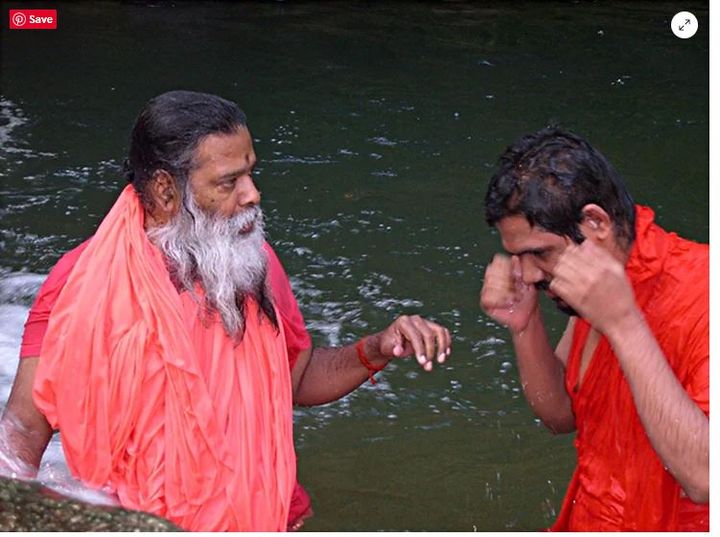The passing of Siudath Saroop has left behind an endearing legacy of devotion and commitment to dharma. This is most visible in the mandir that he and his family constructed at Rochard Road, Penal with their efforts, energy, and resources and the blessings of Swami Ganapathi. Though a challenging project, with many having doubts about it coming to fruition, Saroop’s leadership and single-minded devotion brought the mandir into full operation.
The construction of the mandir at Rochard Road was a huge undertaking. It was not only hard work leveling the high land to create a flat site for the construction of the mandir but the many oppositions he endured from state authorities and a few from the neighborhood. “Saroop was never deterred by small setbacks. He put them behind his back and pursued his goal,” said Deo Serrattansingh, a friend and resident of Rock Road, Penal.
Deo Seerattansingh said that Saroop, his wife and two sons would spend day after day from sunrise to sunset working on the site. “Saroop was endowed with natural skills to build, and this would be revealed in the structure he built at Rochard Road.”
Born in 1952 at Rock Road, Penal, Saroop was always involved in social and cultural activities but never in the forefront. I remember his presence when the Hindu Jawan Sangh was born in 1975. While he did not take any position in the executive, he was most present to assist in programs, doing whatever was needed to be done.
Saroop graduated from the Mausica Teachers’ College in 1975 along with Ramkissoon Ramnarine (Boloji), Primnath Gooptar and Krishna Dube. This friendship and bonding led to the formation of the Hindu Jawaan Sangh in 1975 under the leadership of Haripersad Harikissoon (Hariji).
Boloji recalled his first meeting with Swami Ganapathi. “One afternoon in 1976 Sarroop and I and few friends were engaged in a social rendezvous at the Aripo River when we came upon Swami Ganapathi who was also at the river with devotees conducting religious rites. I remembered waving at the Swami and then walking across to him to give our respects, “Boloji recalled.
Ten years later the Swami returned to Trinidad and again Boloji visited him at the private home of a devotee. Bolo began following the Swami around the country until the Swami charged him with the task of building a mandir or headquarters for the propagation of his work. Boloji accepted the challenge and built the first mandir.
By the mid-1980s the spiritual work of Swami Ganapthi began expanding across the country. Thousands of devotees would flock to the mandir at Carapichaima for his darshan and among them was Siudath Saroop. It appears that Boloji did not want to enjoy the blessing of Swamiji by himself and so invited Saroop to come along.
Saroop with his family and friends constructed the mandir at Aripo. “I recall accompanying Saroop with Bissoondath. We spend the entire bringing out stones from the river and making heaps of different sizes for the construction of the mandir,” said Deo. Boloji has attributed the construction of the mandir at Aripo to the toil and sacrifices of Saroop and his family.
Saroop’s life took a round about turn in the early 1990s. His focus was on the construction of the mandir. The challenge to construct this mandir for Swami Ganapathi brought out the latent skills and talents of Saroop. “Saroop is a man of few words, but his expressions can be seen in the monument he has left behind,” said Deo.
Saroop went to India for medical treatment in December 2022. He was accompanied by his wife who died while he was hospitalized. Her funeral took place in India. Saroop had surgery and returned to Trinidad where he passed on a few days later (January 09th, 2023). His body was cremated at the Shore of Peace, Otaheite.
Saroop has left to mourn his two sons Rakesh and Suresh, siblings, neighbors, and friends. His life of dedication to serving dharma would remain an enduring legacy for future generations. Saroop’s life demonstrated that with single minded devotion any individual can achieve his/her goals.
